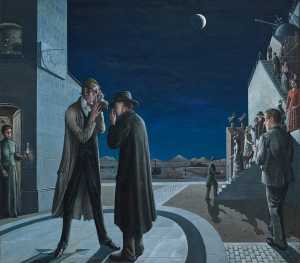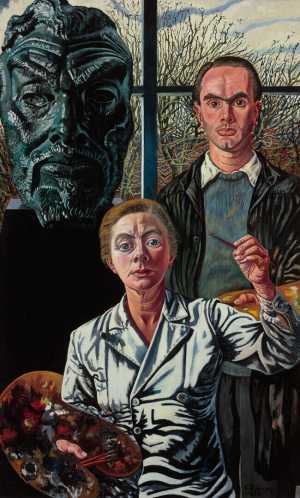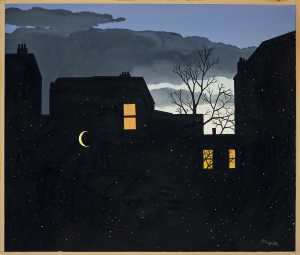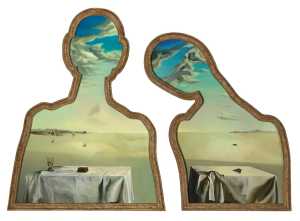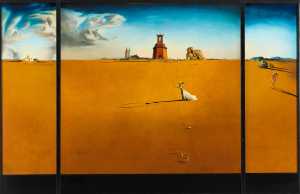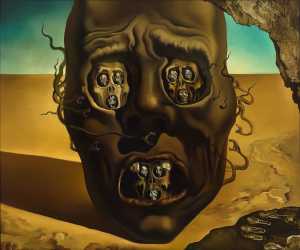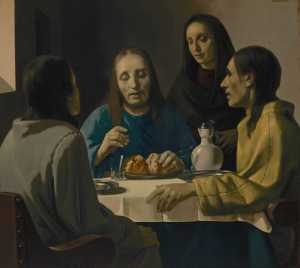Specifications
| Title | La poupée |
|---|---|
| Material and technique | Gelatine silver print on fibre-based paper |
| Object type |
Photograph
> Two-dimensional object
> Art object
|
| Location | This object is in storage |
| Dimensions |
Height 28,3 cm Width 23,7 cm |
|---|---|
| Artists |
Artist:
Hans Bellmer
|
| Accession number | 3752 (MK) |
| Credits | Purchased with the support of VriendenLoterij, 2014 |
| Department | Modern Art |
| Acquisition date | 2014 |
| Creation date | in circa 1933 |
| Provenance | Mario and Gisèle Prassinos, 1935-14; AuctionArt, Paris 2014 |
| Exhibitions | Paris 1938*; Rotterdam 2015b; Rotterdam 2017b |
| Internal exhibitions |
Collectie - surrealisme (2017) |
| External exhibitions |
Dalí, Magritte, Man Ray and Surrealism. Highlights from Museum Boijmans Van Beuningen (2023) A Surreal Shock – Masterpieces from Museum Boijmans Van Beuningen (2021) Only the Marvelous is Beautiful (2022) Surrealist Art - Masterpieces from Museum Boijmans Van Beuningen (2021) A Surreal Shock. Masterpieces from Museum Boijmans Van Beuningen (2023) |
| Research |
Show research A dream collection - Surrealism in Museum Boijmans Van Beuningen |
| Literature | Bellmer 1949*, p. 67; Bellmer 1962*, unpaged; Paris 1983-84*, pp. 94, 147, cat. no. 112; Taylor 2000, p. 98; London/New York 2001-02*, pp. 207-22; New York 2001*, pp. 137, 139, fig. 54 |
| Material | |
| Object | |
| Technique |
Gelatine silver print
> Bromide print
> Photographic printing technique
> Mechanical
> Planographic printing
> Printing technique
> Technique
> Material and technique
|




